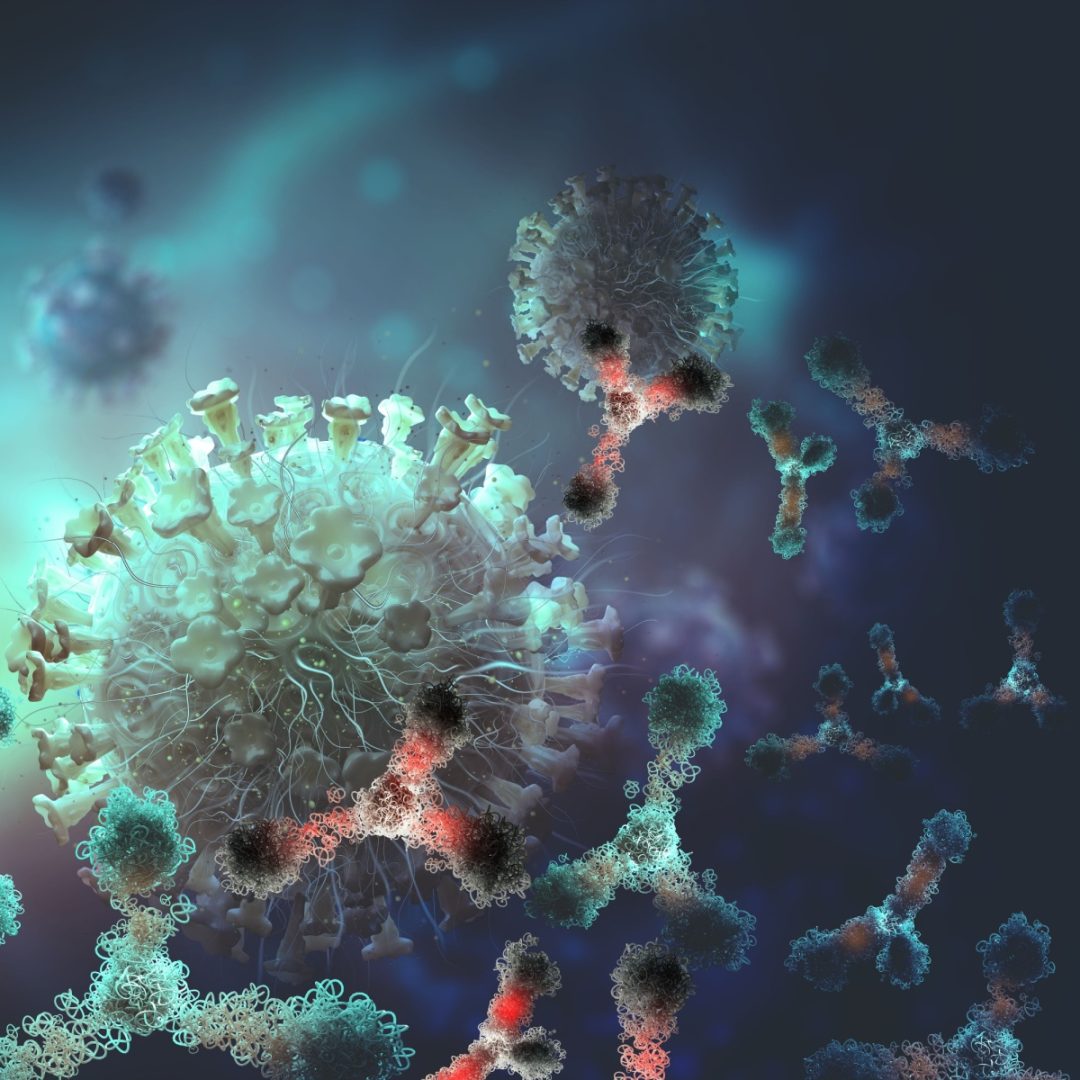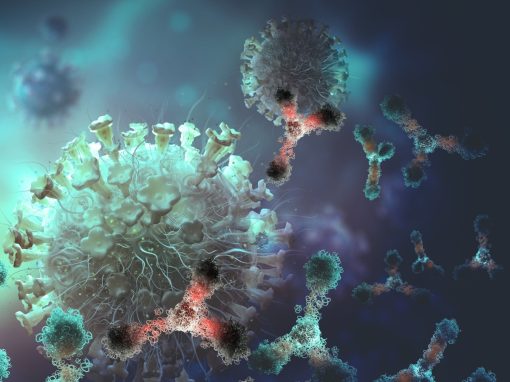Amgen v Regeneron and Sanofi
This case represents the first revocation issued by the UPC and so gives several useful insights into the way in which the court will apply the law.
The matter started when Amgen sued various Sanofi companies and Regeneron for patent infringement of their EP3666797 patent. The patent claims an antibody that binds to the catalytic domain of a PCSK9 protein and its use in treating or preventing hypercholesterolemia.
The first action was brought at the Munich local division, and Regeneron counterclaimed for revocation. Sanofi separately filed a revocation action at the Central Division and both actions were dealt with jointly at the Central Division. Although separate decisions were issued, these were identical in all but the names of the Claimant.
After a detailed discussion of the background to the invention and antibodies as such, the Central Division discussed the interpretation of the claims. The Central Division confirmed that the claims should be interpreted according to Article 69 EPC, saying:-
A patent claim is not only the starting point, but the decisive basis for determining the scope of protection of a European patent. The interpretation of a patent claim does not depend solely on the strict, literal meaning of the wording used. Rather, the description and the drawings must always be used as explanatory aids for the interpretation of the patent claim and not only to resolve any ambiguities in the patent claim. However, this does not mean that the patent claim merely serves as a guideline and that its subject-matter also extends to what, after examination of the description and drawings, appears to be the subject-matter for which the patent proprietor seeks protection.
The Central Division considered the requirement that the antibody “binds to the catalytic domain of a PCSK9 protein of the amino acid sequence of SEQ ID NO: 1, and prevents or reduces the binding of PCSK9 to LDLR” and noted that this does not mean that this is the only place that binding can occur but equally that there must be an affect from the binding with this being the reduction of the binding of PCSK9 to LDLR. The claim also includes a purpose for the antibody, this being “for use in treating or preventing hypercholesterolemia or an atherosclerotic disease related to elevated serum cholesterol levels”. However, the Court did not consider that any clear level of reduction was required. Paragraph [0130] of the patent mentions a binding of 1-20% only, and thus the Court found that this level of therapeutic effect only is required.
The next matter considered was priority – same invention, with the Claimants arguing that P1 – P3 were invalid, with the earliest priority claim being P4. They argued that the definition of the catalytic domain was dependent on Figure 26, which was not present in P1-P3, and only introduced in P4. The Defendants argued that while it was correct to note that Figure 26 defined the catalytic domain in relation to SEQ ID NO 1, this information was available from the description relating to the sequence of the PCSK9 which is present in P3. The Court agreed with the Defendant and accepted that priority to P3 was valid.
With regards to novelty, as the only allegedly novelty destroying documents were dated after P3, they were not relevant.
The Central Division then considered inventive step, interestingly adopting their own approach rather than using the EPO problem-and-solution approach. The first step considered by the Central Division was to identify the starting point for the skilled person. This must be a “realistic starting point” that is “of interest to a skilled person who, at the priority date of the patent at issue, was seeking to develop a similar product or method to that disclosed in the prior art which thus has a similar underlying problem as the claimed invention”. It is not necessary to determine the “most promising” starting point; it is sufficient that the starting point is a realistic one.
The Defendant has suggested that the document considered by the EPO Examiner to be the closest prior art was the best starting point for the inventive step discussion. The Central Division did not disagree but noted that the document identified by the Claimant, namely Lagace, was at least a realistic starting point and thus based their analysis on this document.
Lagace is entitled “Secreted PCSK9 decreases the number of LDL receptors in hepatocytes and in livers of parabiotic mice” and discusses the biological activity of PSCK9. Data in the document shows that loss of PCSK9 can lower plasma cholesterol levels, and states:-
If PCSK9 functions as a secreted factor as suggested by the current data, then additional approaches to neutralize its activity, including the development of antibodies to block its interaction with the LDLR or inhibitors to block its action in plasma, can be explored for the treatment of hypercholesterolemia.
As a result, the Central Division concluded, based on this document, that “that development of anti PCSK9 antibodies that block the LDLR:PCSK9 interaction can be explored for the treatment of hypercholesterolemia”, and the skilled person would not have any serious doubts about the PCSK9 would be a realistic therapeutic target. The Central Division concluded as follows:-
In sum, starting from Lagace, the next obvious step for the skilled person faced having the aim of finding a treatment for hypercholesterolemia and related disorders targeting PCSK9 would be the development of antibodies against PCSK9 that block the LDLR-PCSK9 interaction, thereby ending up with antibodies that fall within the claims of the Patent.
The Defendant had tried to argue that the skilled person would have had no reasonable expectation of success, with PCSK9 being a particularly challenging target. Nevertheless, the Central Division found that the development of antibodies is routine and the Defendant had not been able to demonstrate that there were actual “serious doubts” that a therapeutic antibody could be produced, concluding:-
The unknowns and uncertainties that were brought forward by the Defendant, none of which are clearly voiced in the many prior art documents relied upon in this case, in any event do not outweigh the clear incentive provided by Lagace to develop anti-PCSK9 antibodies that block the interaction between PCSK9 and LDLR for treatment of hypercholesterolemia and cardiovascular atherosclerotic disease, especially against the background that PCSK9 was seen as a very promising target for the treatment of these diseases at the relevant date. The skilled person would have developed such antibodies using routine techniques.
While the Defendant did make a request to amend, none of the suggested amendments overcame the inventiveness issues. The patent was revoked, and costs awarded to the Claimant.
As the first full judgement of the UPC the Central Division’s approach is particularly interesting. They have not followed the EPO approach closely, in particular not using the problem-and-solution approach and not identifying the definitive closest prior art. However, the general approaches are reasonably aligned, in particular with regards to the approach to antibody inventions.
It seems likely that Amgen, the Defendant, will appeal, the outcome of which will also be extremely interesting.









